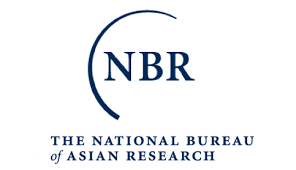
De-risking Global Supply Chains: Looking Beyond Material Flows
Tinglong Dai, Christopher Tang
This essay examines supply chain de-risking driven by two forces: (1) the renewed concerns of the U.S. and its allies about supply chain resilience and (2) China's long-standing strategy to redefine the global order.
A defining feature of global supply chains is they are powered by material, information, financial, and human flows. By examining these multiple flows in the evolution of global supply chains, our analysis goes beyond the singular focus on material flows that is common in recent economic and foreign policy discourse. Another defining feature of global supply chains is the strategic interaction between different actors. Following this line of thinking, we argue that de-risking is not a unilateral option for the West and its developed economy partners but rather an interactive and fluid development taking place around the globe. This can be seen in the U.S.'s growing emphasis on improving supply chain resilience through reshoring, nearshoring, and friendshoring, as well as in China's diversification into markets such as Russia and the global South, with broader implications for major economies. Looking beyond material flows to information, financial, and human flows is important to monitor these indicators of the ongoing transitions in global supply chains.
Dai, T., & Tang, C.S. (2024). De-risking Global Supply Chains: Looking Beyond Material Flows. Asia Policy 19(4), 153-176. https://dx.doi.org/10.1353/asp.2024.a942841.
